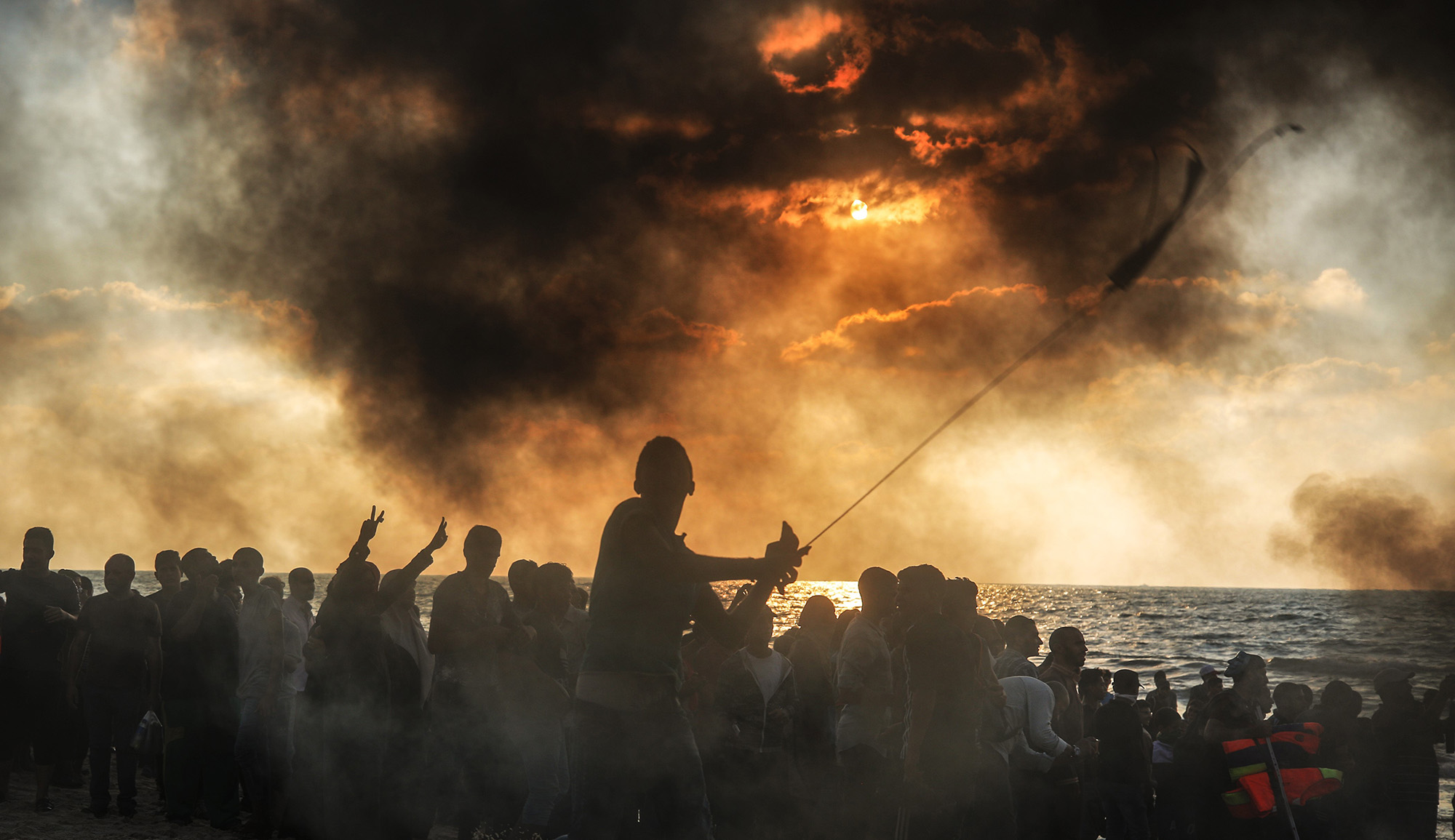While the Iran-backed terrorist group Hizballah has long been involved in the South American cocaine trade—an important source of its revenue—it has in recent years also been exporting a stimulant called Captagon. Much of its supply is coming from nearby Syria, where the Hizballah-allied regime has turned to drug production to fund its efforts to win the ongoing civil war. Matthew Zweig explains:
Captagon is a brand name for a dangerous, addictive amphetamine-type drug that includes fenethylline hydrochloride. . . . This turn to the drug trade signals a new phase in the Syrian conflict: the emergence of Syria as a narco-state. . . The Captagon drug trade not only facilitates Assad’s atrocities against the Syrian people, but could also create further instability through the widespread proliferation of amphetamine usage in the Middle East, North Africa, and beyond.
Conflict, destruction, and territorial fragmentation are key factors allowing armed groups and narco-entrepreneurs to profit from the drug trade. Large-scale narcotics production and trafficking by rogue regimes or in ungoverned or under-governed spaces often sows further regional instability, leading to higher criminality and public health problems in consumer and producer countries. This pattern is now taking hold in Libya, where there is a burgeoning Captagon trade with reported Syrian links.
Furthermore, narcotics markets are not static. Today’s Captagon amphetamine markets could easily transform into far more potent methamphetamine markets, which happened in Afghanistan. The political wars of today’s Middle East risk becoming the lethal narco-wars of tomorrow.
More about: Drugs, Hizballah, Middle East, Syria, U.S. Foreign policy


